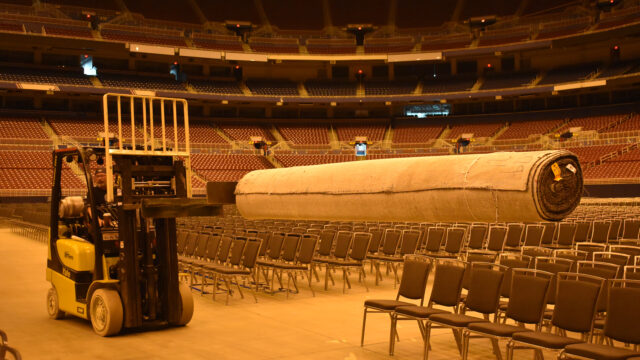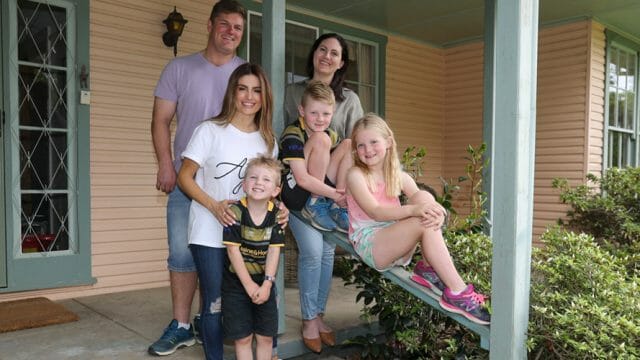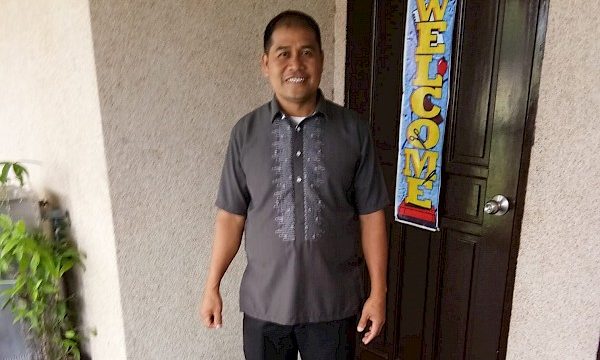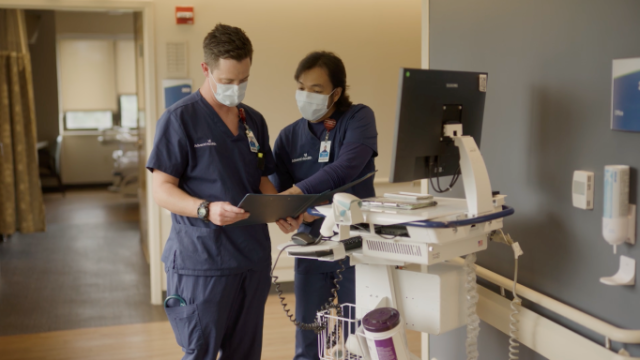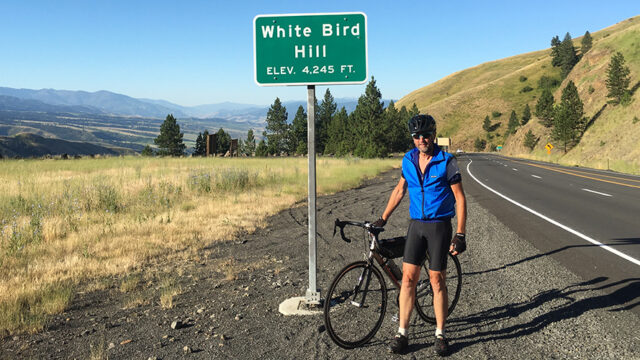Facilities makeover seeks to help students learn how to keep fit and healthy.
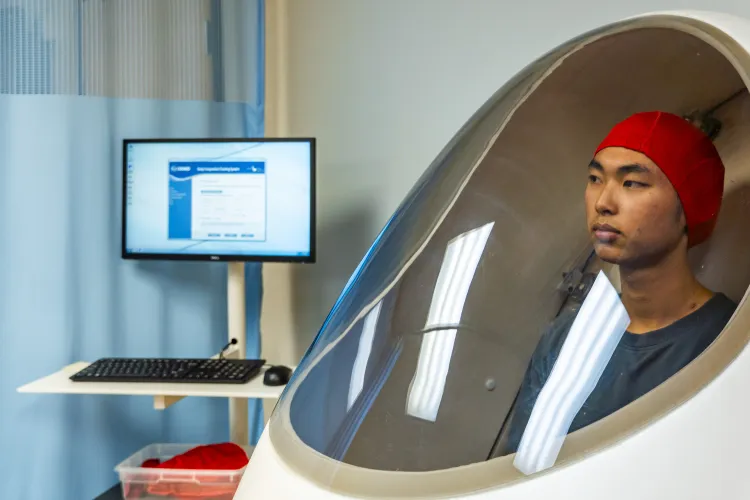
Over the past year, the Human Performance Lab, located in the Hulsey Wellness Center at Southern Adventist University in Collegedale, Tennessee, United States, has undergone several changes.
Mike Boyd, professor in the School of Health and Kinesiology, took over leadership of the lab this summer. Since then, the lab has had a big makeover.
“I gutted it, and Dr. [Rodney] Bussey and I repainted it, and then [others] came in [and] just totally cleaned. It hadn’t been done since the building was built in 2009,” Boyd said. “We took a lot of stuff out. The lab actually now has room. It looks more professional. And there’s space in there for student learning. Before, it was much more crowded, with not much area for people to work.”
Boyd said he aims to effectively inform students about what the lab offers in hopes of drawing in more usage.
When asked about what students can do in the lab, Boyd explained that it is a place for research to be done regarding individuals’ baseline fitness levels. The lab offers three types of tests: the V02 test, a body composition test, and a resting metabolic test.
According to Boyd, the V02 test measures the volume of oxygen taken in and used during exercise, and the body composition test evaluates different parts of the body and indicates where a person stands in regard to health and athleticism.
“Those three things give you a really good picture of what your body is doing during rest, as far as metabolism and during exercise [is concerned],” Boyd said. “Any student can take any of the tests or all of the tests multiple times a semester for free.”
Boyd said he wants to focus more on getting students to use the lab. He explained that in the past, most lab participants were members of the wellness center but not students.
“I will say the biggest difference from previous years is that it’s going to be much more student-focused,” Boyd said.

In previous years the lab was advertised as a place for people outside of the university to get tested, according to Boyd. Now, the retired head of the lab, Harold Mayer, focuses on testing community members while Boyd and Neal work on testing the students.
“The lab should be a classroom kind of setting so [students] should be able to go in there and learn,” Boyd said.
He explained that this school year, many classes require use of the lab. Some examples include the exercise and physiology class, the personal conditioning class, and the sports and nutrition class. Boyd said the lab helps students in these classes learn about how metabolism works in athletes.
To help make the lab more student-friendly, Boyd has hired students to work there.
“I have four techs that work down there right now, and all of them are either physical therapy majors, health kinesiology majors, or health science majors,” he said. “They run things, and that’s how it should be.”
Boyd explained that although he runs tests and explains results, the lab is largely student-operated. Working at the lab helps students learn by interacting with real-life material and equipment, he added.
“It’s a great learning environment. It’s a science.” Boyd said.
When asked about how becoming the new director of the lab has affected his life, Boyd said, “I have to be in the lab at five o’clock … because we start testing at 6:00 [in the morning]. It takes about an hour to calibrate all of the machines. I get up at 4:00 now, whereas before I was getting up at 7:00.”
Boyd added that his job is different now because he is in charge of calibrating the lab’s machines every day to maintain their accuracy. With this kind of testing, accurate results are key, he said. However, Boyd has had a lot of help from people who have worked in the lab in the past.
According to Boyd, students who visit the Human Performance Lab gain a great deal of information about themselves through their testing. He explained that it is beneficial on many levels because students can develop a baseline and gain insight into themselves, helping them move forward in their fitness regimen knowing which areas they should focus on.
Boyd advised, “It’s great now that you guys are learning this stuff at your ages, early 20s, late teens. So, if you can make lifestyle changes, that’s what it’s about, that’s what it boils down to. Make lifestyle changes that are going to benefit you through the rest of your life.”
The original version of this story was posted by the Southern Accent.



